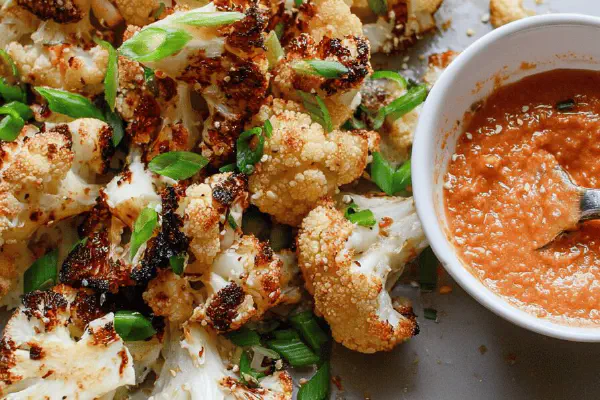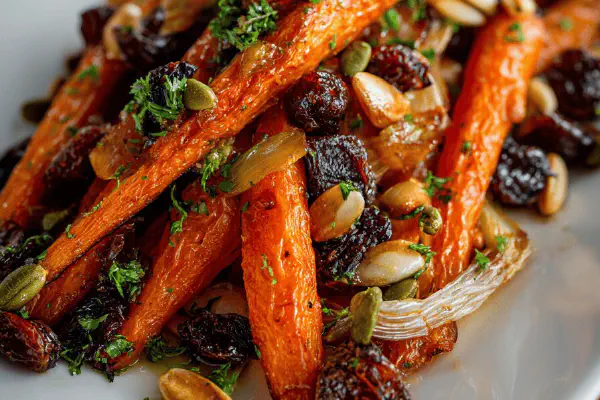Featured Recipe
Radish Courgette Sauté

By Kate
"
Sautéed radishes and courgettes with scallions, garlic, fennel seeds, deglazed with white vermouth instead of porto for a sharper edge. Fresh marjoram replaces thyme for a sweeter herbal note. Cook low and slow to coax out sweetness, watching for color changes and texture. A vegetable medley that plays with contrast—crisp radishes softened, courgettes tender yet holding shape, garlic fragrant without burning. Versatile side, fits vegan, gluten-free, nut and dairy-free diets.
"
Prep:
20 min
Cook:
15 min
Total:
35 min
Serves:
4 servings
vegan
gluten-free
healthy
French-inspired
sauté
Introduction
Radishes raw pack aggression—sharp, peppery, tough. Heat tamps that down, softens fibrous bite while coaxing sugars out without mush. Courgettes play soft partner, effortless moisture carrier. Balance texture: radish firmness with courgette silk. Key? Low heat early so nothing browns too fast, garlic whispers fragrant, fennel adds faint licorice note, vermouth sharpens but evaporates leaving sweetness behind—a dance. Aromas change from green to rich. No butter; oil carries clean finish, less likely to burn veggies. No need for fuss, seasoning done early then late for layers. Marjoram swapped for thyme here; sweeter, less assertive herb gives fresh contrast. Simple tweaks shape entirely new profile. Keep stirring, read textures, learn signs of doneness. Technique matters more than clock. Results? Light, lively sidedish, no heaviness. Takes 35 but worth slow attention.
Ingredients
About the ingredients
Radishes quantity reduced 25%—fewer but larger pieces to keep bite without raw harshness. Courgettes cut slightly bigger to avoid disintegrating. Avocado oil stands in olive oil for higher smoke point and neutrally clean base; can use grapeseed or light vegetable oil instead. White vermouth replaces porto for acidity and dryness; alternatives include dry white wine or diluted apple cider vinegar. Marjoram substituted for thyme—offers subtle floral sweetness that lifts rather than grounds dish. Fennel seeds must be lightly crushed to release flavor without dominating. Garlic quantity same but minced very fine to disperse evenly, preventing burnt chunks. Scallions trimmed slightly smaller to avoid overpowering mild veggies. Salt early to draw moisture and balance bitterness, then finish seasoning after liquid reduction. Always fresh cracked pepper, no pre-ground for best punch. These tweaks shift flavor profile while respecting original soul of dish.
Method
Technique Tips
Start by heating oil until just shimmering; too hot will scorch radishes outside leaving raw inside. Toss radishes in immediately, turn heat low and slow to coax sugars out while softening. Salting early essential here—not too much, just enough to coax moisture release. Adding courgettes and aromatics next, keep stirring gently but consistently to avoid burning garlic or wilting scallions. Garlic must never brown; remove pan temporarily if heat climbs. Listen for faint sizzle when vermouth hits pan—low and steady heat needed to reduce liquid without evaporating violently. Swirl to lift any stuck bits; those brown specks are flavor gems. Don’t rush reduction; see gloss coating veggies before moving on. Pull from heat before herbs go dull with heat; marjoram added last. Final taste and seasoning critical—adjust salt and pepper to taste at end. Serve warm or room temperature. If worried about bitter radishes, blanch in boiling water for 30 seconds before sauté, but this dilutes flavor. Oil can be reused for other veggies for efficiency. Keeping textures distinct—is key sign dish is done; radishes tender but not falling apart, courgettes soft but firm. Practice timing cues over stopwatch.
Chef's Notes
- 💡 Watch radishes, quartered 25% less. Bigger pieces keep their bite. Avocado oil excellent for high heat. Light olive oil works; avoid burning.
- 💡 Courgettes cut chunkier, avoid disintegrating. Fennel must be crushed lightly; enhances flavor without overpowering. Garlic minced fine, spread evenly.
- 💡 Salting early helps draw moisture. Layer flavors. Taste and adjust seasoning after deglazing. Don't rush; listen for sizzle when liquid reduces.
- 💡 Stir often, keep garlic from browning. If using alternatives to vermouth, dry white wine is fine. Apple cider diluted works too.
- 💡 Finish with fresh marjoram, punchiness of pepper boosts. Texture cues are key. Radishes tender but not mushy. Keep stirring for sweet results.
Kitchen Wisdom
What if radishes taste bitter?
Blanching in boiling water 30 seconds helps. Dilutes flavor a bit but counters bitterness for better taste.
Can I use another herb?
Yes, thyme works but marjoram gives lighter contrast here. Other herbs may bring different flavors.
How to store leftovers?
Keep in airtight container, fridge. Good for 2-3 days. Reheat gently to maintain textures. Avoid microwaving.
Garlic burned; what happened?
Too high heat causes bitterness. Keep it low and pay attention. Remove garlic if it starts browning.



